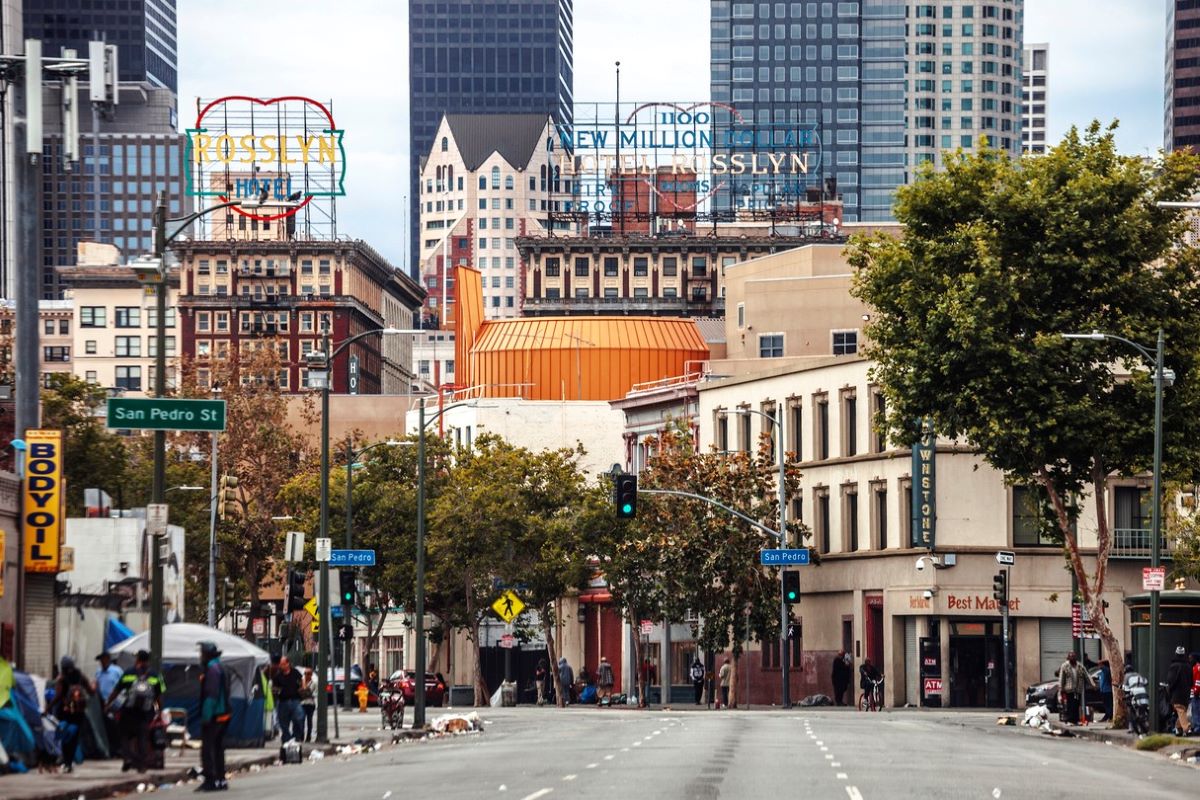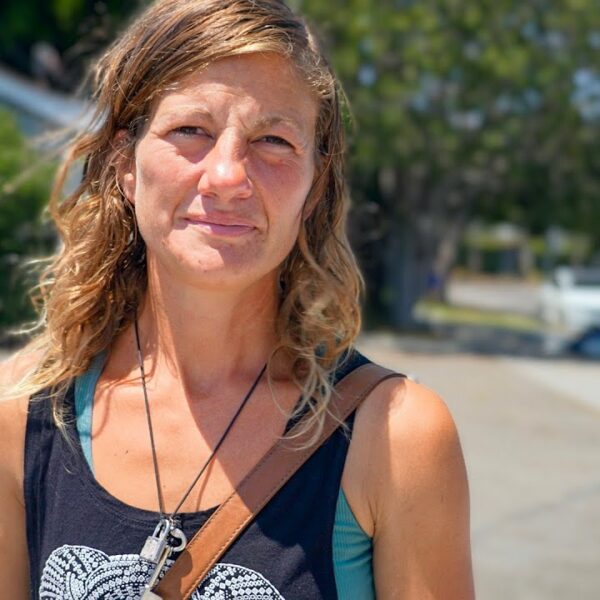Homelessness is one of the top community and political issues in Los Angeles and across California. The results of the 2019 Greater Los Angeles Homeless Count released recently confirm what residents see and experience throughout our region:
Homelessness remains an enduring problem despite heightened attention and funding to address it in recent years. Why? Because we think we can solve complex problems with simple solutions.
Homelessness is one of the most complex problems we face as a society and region. There have been many recent pronouncements of the new “crisis” of homelessness and lack of affordable housing. These problems are not new, however; they are decades in the making.
History Grows the Divide: Housing Insecurity and Homelessness on the Rise
Los Angeles has a long history of housing segregation by race and class. Federal policy and practices of financial institutions began “redlining” communities of color in the 1930s. In 1950, writing for The Nation, Charles Abrams observed about Los Angeles that “behind the palm trees are grim four-story wooden structures affording a miserable shelter to tens of thousands of families.” Plans for public housing gave way to slum clearance and redevelopment in Chavez Ravine, Bunker Hill and other “blighted” areas.
With pro-growth business interests dominating local policy, very little public or affordable housing was built over ensuing decades. As the economy shifted from good-paying manufacturing to low-wage service jobs and federal policy began to chip away at the social safety net, L.A. residents began to experience increased housing pressures and see a rise in homelessness.
During the late-1980s, Mayor Bradley appointed the “Blue Ribbon Citizens Committee for Affordable Housing.” This led to the establishment of the City’s Housing Department. A nonprofit infrastructure began to form as well, with the creation of Southern California Association of Nonprofit Housing (SCANPH) and affordable housing developers such as Skid Row Housing Trust and A Community of Friends. The L.A. Homeless Services Authority (LAHSA) formed in 1993 as part of settlement between the City and County of LA for their responsibilities in addressing homelessness.
Working Together on a Collaborative Effort
Responses to housing insecurity and homelessness were slow and disjointed. Government and community efforts played catch up after decades of disinvestment in the face of a changing job market and increasing poverty. It wasn’t until the early 2000s that coordinated efforts?—?across and within city, county, and nonprofit sectors?—?emerged. After a failed attempt around 2004 at a broad-based 10-year plan to end homelessness, entities such as the Corporation for Supportive Housing began bringing these sectors together to partner and align their work.
With increased attention from political and business leadership, this partnership established the Home For Good Action Plan in 2010. Led by United Way of Greater L.A., this effort made coordinating funding and action a priority with a goal to provide housing with services to thousands of people who needed it in L.A.
This continuing collaborative effort was instrumental in developing the support necessary for future efforts. In 2016, the City and County launched complementary plans to end homelessness. They successfully campaigned and secured voter support for Proposition HHH and Measure H, raising nearly $5 billion over 10 years to address the problem. However, more than two years in, we aren’t seeing a decrease in people experiencing homelessness. The result: residents and many news articles are asking, “why not?”
There Is No Simple Solution
The conventional wisdom is we are seeing more people fall into homelessness due to L.A.’s overall economic and housing trends. This is similar to what other west coast entities such as Seattle, Portland, San Francisco and San Diego are experiencing. Even as we house more people, the “in-flow” into homelessness is growing and the homelessness response system can’t keep up. The data seems to bear this out (131 people exit homelessness every day but about 151 became homeless). Even more fundamentally, we are struggling because we think fixing this problem will be simple and quick.
Homelessness and housing insecurity currently results from decades of structural racism, disinvestment, displacement and increasing economic and social inequality. While we have more funding, attention and resources dedicated to helping more people obtain housing, our efforts to end homelessness will be in vain without an urgent, sustained effort beyond the “homelessness sector” to tackle the systemic issues causing homelessness.
First, we must stop exacerbating the problem.
Encampment sweeps, criminalization, shelter without links to permanent housing, and evicting and displacing low-income people just move people around and, in some cases, cause more homelessness.
Second, we must recognize there is no quick fix, no magic pill that will end homelessness.
By definition, housing is the only thing that actually ends or prevents homelessness. However, we cannot expect the overall number of people experiencing homelessness will automatically decrease by simply providing more housing (or shelter or services). We also need to provide the necessary support so people on the margins do not fall into homelessness.
Third, we need to engage people at all levels and from all sectors in our region to support an equity-based approach and make sure everyone has a place to call home.
Voters agreed to be taxed to address homelessness. But we?—?especially those of us in single-family homes?—?should be equally supportive of increasing density, which will allow for more affordable housing in our neighborhoods. Policymakers need to enact policies to preserve existing affordable housing and protect renters from eviction and displacement. In addition to entities from housing, health, and mental and behavioral health sectors, we need the corporate, education and workforce sectors to engage in making sure Angelenos have the skills and opportunities to earn living wages. People who are experiencing homelessness need to have a voice and be agents of change.
Finally, we need to address and rectify the structural racism driving inequities in our homeless population.
African Americans are over-represented in the homeless population by a factor of three. Homelessness among Latinos has also been on the rise in recent years. The recently released report from LAHSA’s Ad Hoc Committee on Black People Experiencing Homelessness provides a start to addressing the systemic racism in our systems that perpetuates homelessness.
We should feel good we are making progress in housing more people who were homeless. However, to actually solve this vexing problem, we must take a long-term, comprehensive approach, balanced with the urgency necessary to solve it.
This article is adapted from an article at Medium.













